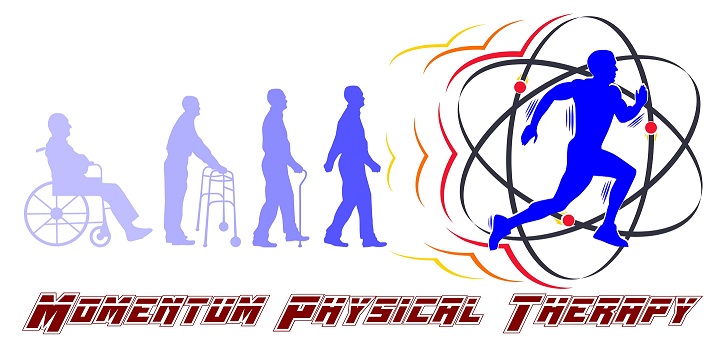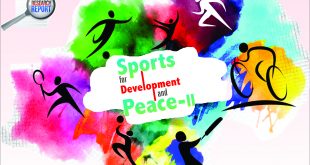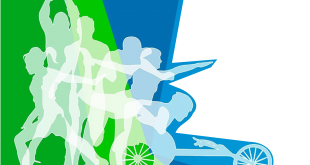Physiotherapy
The Art of Life
Atif Sheikh
It was a day in the year 2013 that I suddenly started feeling a strange pain. Although it was not so intense, it nagged me persistently. This pain, which would start from just below the shoulders and extend to the upper chest, kept me rattled especially during the nighttime. It restricted the movement of my arms, shoulders and neck. In this situation, the first dreadful thought that came to my mind was: I might have contracted some heart problem. So, I visited a cardiologist who performed ECG and ETT on me; however, by the grace of Almighty, reports proved my apprehension wrong. The doctor advised me to consult a neurophysician. I acted upon his advice and went to a neurophysician who, after knowing details about my physique, neck position, sitting posture and other symptoms, opined that my nervous system has been affected. So, he prescribed a few exercises and medicine. His medication and exercises proved effective and I started feeling better. However, just before the course ended, the same excruciating pain reappeared. Thinking that it might have been due to heavy workload, I took leave from the office to have complete bed rest. In spite of that my condition did not improve.
One day I was going through the pages of Jahangir’s World Times magazine when an article, penned by Dr Mehmood Alam Durrani, got my attention. The conditions he had described in his article were similar to those I was feeling those days. A hope was kindled in my heart that Dr Durrani might be the person I was looking for to rid myself of the agonising pain I had been suffering from for many a week. I contacted the editor of the magazine and, somehow, got Dr Durrani’s contact number. Soon I contacted him and came to know that he was a physiotherapist. I had heard about this field as I had seen that in a game of cricket, hockey or football, when a player would suffer an injury, a man would enter the ground with a small bag and would administers some exercise, give the injured player something to drink and apply some spray. Commentators would call that person a physio. I used to call his treatment a magic as the player would instantly get back to his feet. But, I didn’t know about the scientific base of the treatment. Nonetheless, I booked an appointment with Dr Durrani and on the specified time I reached his clinic. During the check-up when I told him about my condition and how I felt with that pain, he asked a number of questions, e.g. the nature of my job, length of computer- and mobile-use time, my routine of exercise or walk, sitting posture while watching television, position of neck, my height and weight, if I had a joint pain, pillow position while sleeping, family medical history, if I had diabetes or blood pressure, and so on. He noted all the answers I gave to this flurry of questions. In the light of his findings, he prescribed an x-ray examination and some other tests, and advised me to come the next day with the reports.
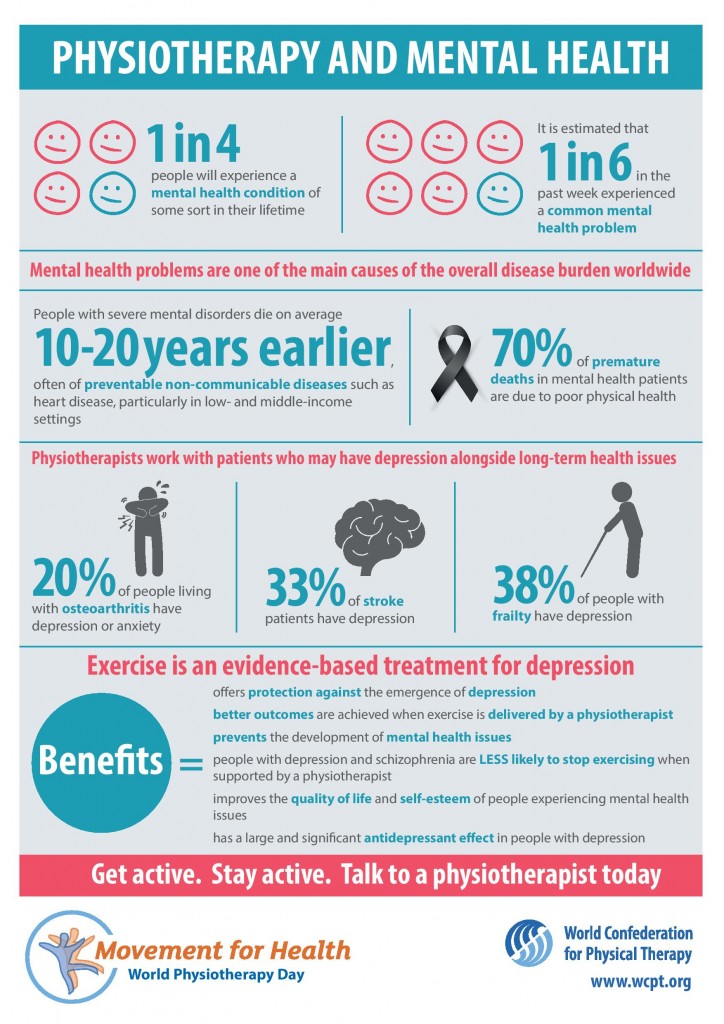 Next day, I again went to Dr Durrani’s clinic, along with the reports he had asked for. While going through the reports, he asked a few more questions about my condition. I had almost all the symptoms he was asking about. He finally reached the conclusion that I had cervical spondylosis, commonly known as neck pain (deterioration of the vertebrae, discs, and ligaments in the neck).
Next day, I again went to Dr Durrani’s clinic, along with the reports he had asked for. While going through the reports, he asked a few more questions about my condition. I had almost all the symptoms he was asking about. He finally reached the conclusion that I had cervical spondylosis, commonly known as neck pain (deterioration of the vertebrae, discs, and ligaments in the neck).
Now that the diagnosis had been complete, the next stage was its treatment. Frankly, I dithered about the nature and effectiveness of this type of treatment. I saw some machine-like tools and some electric devices on the walls of the clinic; I had no idea about them except that I had seen such things in films and TV dramas. When Dr Durrani started treatment with that equipment, I got to know that they strengthen and revitalize muscles, their tissues and ligament while the tools hanging on the wall were used to stretch a body part so as to create some stiffness. This treatment could last three days only as I had to go to my native city, i.e. Quetta, for Eid vacations. The doc advised me to use a cervical collar so that the correct position of the neck is maintained. He further suggested some exercises as well as some precautions. Hence, with a little treatment I reached Quetta.
Although my condition had improved a lot with Dr Durrani’s 3-day treatment, I had to undergo physiotherapy until complete recovery. So, after Eid holidays, I started seeking information about the availability of physiotherapeutic treatment in Quetta. I was surprised to know that only a few physios were available in this provincial capital of Balochistan. I heard about a centre at the city’s famous Alamdar Road from a number of people. So, I took my reports, x-ray and medical history prepared by Dr Durrani, and reached Hopes Physical Therapy and Rehabilitation Center, a non-profit, non-government welfare organization. The person at the inquiry counter soon referred me to Dr Muhammad Raza, in charge of the center. After brief introduction, Dr Raza started going through my reports and also kept asking questions about my condition. He advised that I must undergo physiotherapy and asked me to come the next day.
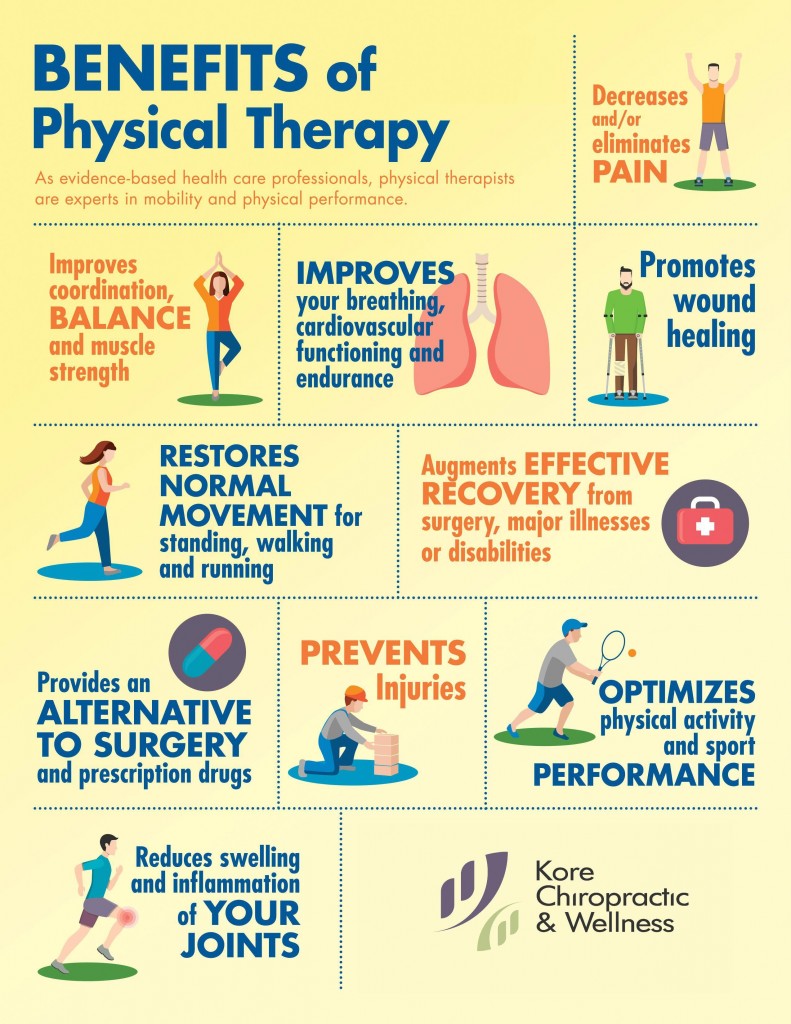 On the next day, I reached the center at the allotted time. The building actually consisted of two parts; one was reserved for the females and it had female staff, while the other one was for males. Both sections were further divided into a waiting room, a well-equipped gym and a therapy center. Here, along with a vast variety of electric devices and machines, I saw a new form of therapy, i.e. manual treatment. In this type, besides the use of machines, a massage of the affected part of body was also given. After three days, doing gym, i.e. exercise, was also made a part of my treatment. Dr Raza also told me about different machines and exercise equipment as well as some exercises and the time for which I had to do that every day, after a therapy session. As time passed by, the exercises as well as their duration changed.
On the next day, I reached the center at the allotted time. The building actually consisted of two parts; one was reserved for the females and it had female staff, while the other one was for males. Both sections were further divided into a waiting room, a well-equipped gym and a therapy center. Here, along with a vast variety of electric devices and machines, I saw a new form of therapy, i.e. manual treatment. In this type, besides the use of machines, a massage of the affected part of body was also given. After three days, doing gym, i.e. exercise, was also made a part of my treatment. Dr Raza also told me about different machines and exercise equipment as well as some exercises and the time for which I had to do that every day, after a therapy session. As time passed by, the exercises as well as their duration changed.
This treatment instantly yielded positive results and I got rid of the cervical collar I had been using, by then, for many weeks. Pain also alleviated and I started feeling fit and robust again. One thing that was very much conspicuous in this form of treatment was that no medicine was ever used; both doctors never prescribed a medicine; rather they advised me to eat seasonal fruit and keep my diet simple and healthy. This was how I got benefitted from physiotherapy (a form of treatment previously unknown to me), and got fully recovered. I was so impressed that I still resort to physiotherapy whenever I face some medical condition.
The main purpose of narrating this personal incident is to bring to my readers’ attention some important points. First of them is that here in our country there is little awareness about this form of medical treatment. Second, media has never presented physiotherapy as a branch of medicine. Third, most specialists do not bother to refer a patient to a physiotherapist. Fourth, the number of physiotherapists in our country is too scant to cater for the medical needs of the people. Fifth, there never have been efforts on the part of the government for making policies or launching a programme to promote this mode of medication. Sixth, most people and even some bodies or organizations do not recognize physiotherapists as doctors. Seventh, people largely don’t know about career opportunities available in this field; let alone their scantiness.
Physiotherapy is a branch of medicine and an integral part of modern healthcare. Although an independent field, physiotherapy is strongly related to other specialization in the medical science. Someone has rightly said it is a science of treatment and an art of care. This comprises clinical examination, evaluation, assessment, diagnosis and treatment and covers 24 out of 27 specialties in medicine. According to American Board of Physical Therapy Specialties, it covers fields like musculoskeletal therapy, orthopaedic, neurology, cardiopulmonary, sports physical therapy, paediatric physiotherapy, electrophysiology, integumentary physical therapy, hydrotherapy and women’s health.
Musculoskeletal disorders include problems in muscles, tendons, ligaments, position of bones and joints, etc. Pain in neck and back, joint pain, arthritis and breaking of bones are some important musculoskeletal problems. They cause pain, abnormal organ movement and their degeneration, mental health and loss of mental abilities, besides increasing the risk of contracting other chronic ailments. Musculoskeletal health is very important for healthy functioning of body organs as our movement, ability and skill to do a work and taking part in all socio-economic activities; in fine, everything is hinged on it. A person suffering from musculoskeletal disorders has less productivity as this is the biggest reason why people, who suffer from this for quite some time, have to take days off work. This also results in early retirement, hence jeopardizing that person’s financial security. According to World Health Organization (WHO), the greatest proportion of persistent pain conditions is accounted for by musculoskeletal conditions, which is the second largest contributor to disability worldwide, with low back pain being the single leading cause of disability globally. Between one in three and one in five people live with a painful and disabling musculoskeletal condition. The WHO further suggests that 20-30 percent of people across the globe live with a painful musculoskeletal condition. Moreover, one in two adult Americans lives with a musculoskeletal condition. Health experts suggest that while management of some musculoskeletal conditions often requires specialist and/or surgical care, many musculoskeletal conditions can be managed in primary care through a combination of core non-pharmacologic interventions such as exercise and psychological therapies and pharmacologic therapies. The financial burden of these ailments can be seen from the fact that in 2011 alone, musculoskeletal conditions cost the world US$ 213 billion – 1.4% of the global GDP (gross domestic product).
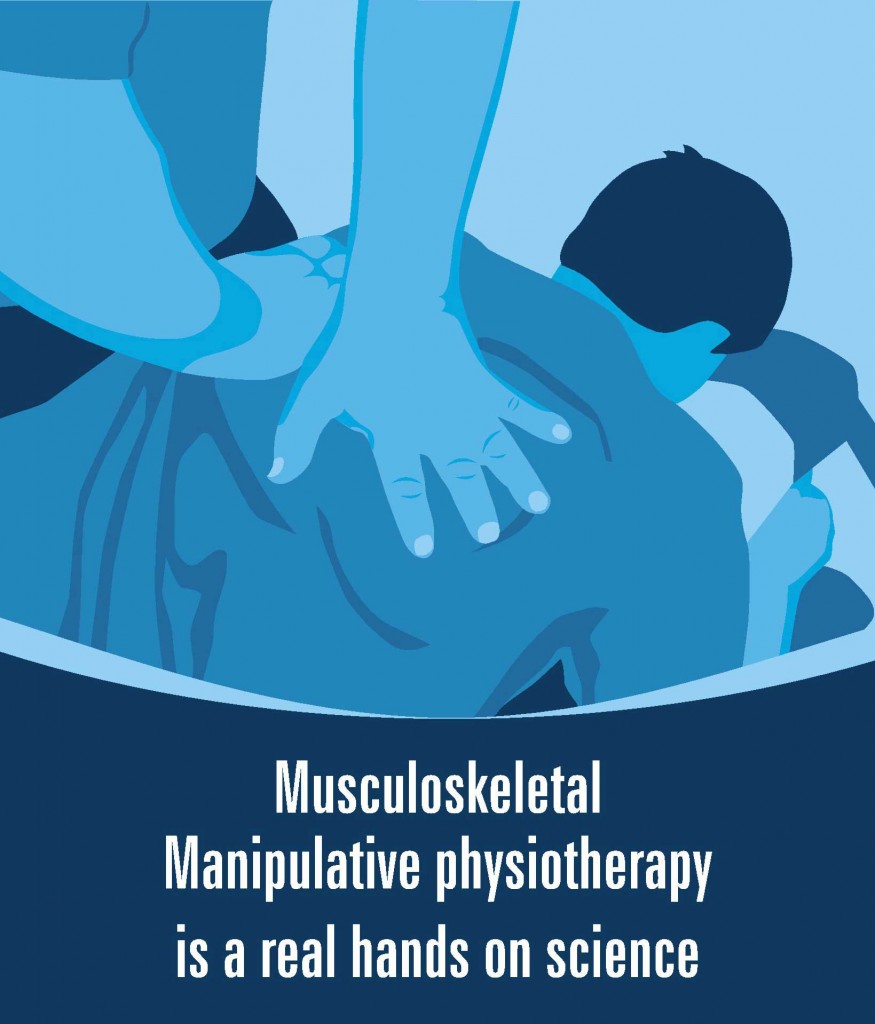 Common symptoms of musculoskeletal disorders include: pain, weakness, stiffness of the body, inflammation, noisy joints, limited physical movement and sometimes, the reddening of epidermis. Experts suggest that the most prominent cause of musculoskeletal disorders is leisurely lifestyle. In addition, excessive use of computer and television and of furniture, which though looks beautiful, is not good for physical fitness, stretched sitting in a chair, postures of standing, sitting and laying; improper way of lifting something, and junk food do also cause such physical ailments that are curable with physiotherapy. Moreover, the role of physiotherapy in spinal column, neck vertebrae problems, stiff shoulders, paralysis, Bell’s palsy, sciatica, physical disability, and rehabilitation after surgery can never be underestimated.
Common symptoms of musculoskeletal disorders include: pain, weakness, stiffness of the body, inflammation, noisy joints, limited physical movement and sometimes, the reddening of epidermis. Experts suggest that the most prominent cause of musculoskeletal disorders is leisurely lifestyle. In addition, excessive use of computer and television and of furniture, which though looks beautiful, is not good for physical fitness, stretched sitting in a chair, postures of standing, sitting and laying; improper way of lifting something, and junk food do also cause such physical ailments that are curable with physiotherapy. Moreover, the role of physiotherapy in spinal column, neck vertebrae problems, stiff shoulders, paralysis, Bell’s palsy, sciatica, physical disability, and rehabilitation after surgery can never be underestimated.
Development of human resource and advancement and innovation in medicare is going on around the world. Physiotherapists are considered an integral part of emergency teams and in most countries, their input in disaster management planning and implementation thereupon is considered imperative. As per the figures of World Confederation for Physical Therapy (WCPT), the total number of physios around the world is a little more than 1587600 which is, surely, insufficient. However, the availability of physiotherapist per population in many countries is quite satisfactory while in some countries, this ratio is worrisome. For instance, Finland has the best ratio in the world with a physiotherapist available for 354 persons whereas it is worst in Malawi where one physiotherapist is available to serve 530,300 people. The Netherlands has one for 742 people while England has one for 1344 persons. The United States of America has issued licenses to more than 209,000 physios – in USA, all physiotherapists are required to take national license exam after attaining a DPT degree from a reputed institution. Currently, as many as 200 colleges and universities around the country are offering 250 different programmes in physical therapy education. A qualified physiotherapist is allowed to use doctor (Dr) with his name along with the words PT.
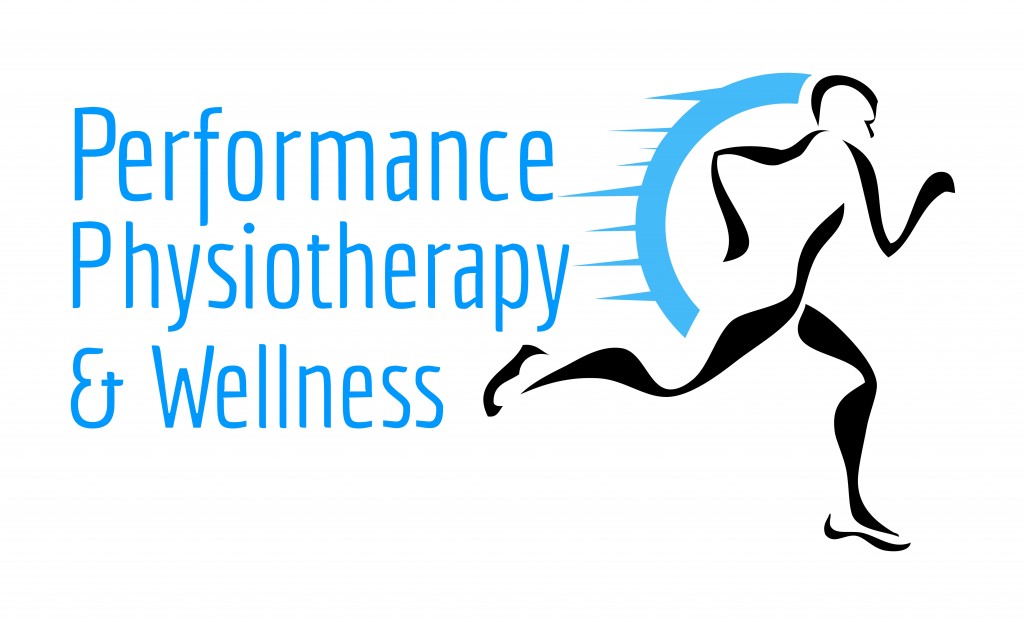 In Pakistan, the domain of physiotherapy is still in a nascent state due to various factors. First, the number of qualified physiotherapists is too scant to mention – according to WCPT, there are only 15,000 physiotherapists in Pakistan. Second, no authority exists here to regulate this profession. Third, career opportunities available to fresh graduates are also too limited. Fourth, the standard of institutions offering DPT degree and the facilities therein is also unsatisfactory. Fifth, there is little public awareness on this important healthcare domain. So, there is a pressing need to recognize, and put in serious efforts for the promotion of physiotherapy in Pakistan.
In Pakistan, the domain of physiotherapy is still in a nascent state due to various factors. First, the number of qualified physiotherapists is too scant to mention – according to WCPT, there are only 15,000 physiotherapists in Pakistan. Second, no authority exists here to regulate this profession. Third, career opportunities available to fresh graduates are also too limited. Fourth, the standard of institutions offering DPT degree and the facilities therein is also unsatisfactory. Fifth, there is little public awareness on this important healthcare domain. So, there is a pressing need to recognize, and put in serious efforts for the promotion of physiotherapy in Pakistan.
 Jahangir's World Times First Comprehensive Magazine for students/teachers of competitive exams and general readers as well.
Jahangir's World Times First Comprehensive Magazine for students/teachers of competitive exams and general readers as well.
